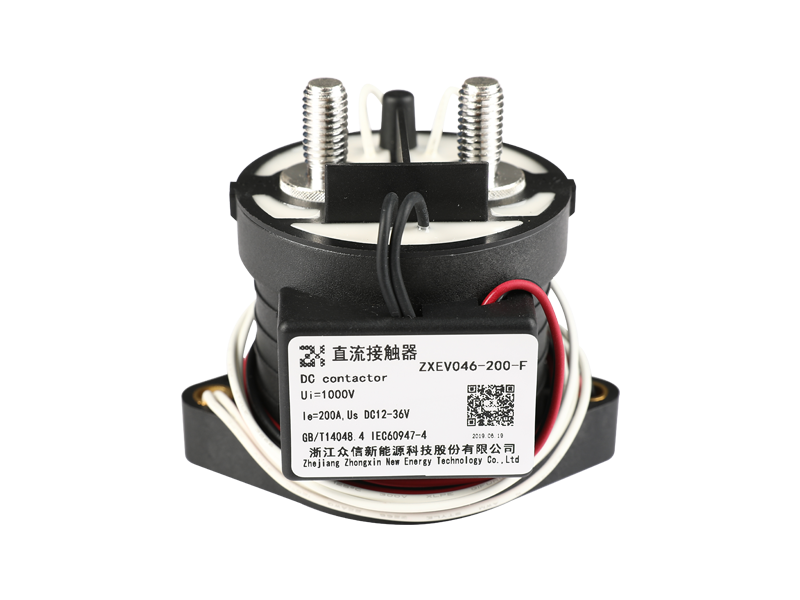Electromagnetic relays are generally composed of iron cores, coils, armatures, contact reeds, etc. As long as a certain voltage is applied to both ends of the coil, a certain current will flow in the coil, resulting in an electromagnetic effect, and the armature will overcome the pulling force of the return spring and attract to the iron core under the action of electromagnetic attraction, thereby driving the armature. The moving contact and the static contact (normally open contact) are pulled together.
When the coil is powered off, the electromagnetic suction also disappears, and the armature will return to the original position under the reaction force of the spring so that the moving contact and the original static contact (normally closed contact) are attracted. In this way, the suction and release are achieved, so as to achieve the purpose of conducting and cutting off in the circuit.
For the "normally open and normally closed" contacts of the relay, it can be distinguished as follows: the static contacts that are in the open state when the relay coil is not energized are called "normally open contacts"; the static contacts that are in the connected state are called "normally open contacts". It is a "normally closed contact".
The magnetic system of the electromagnetic voltage relay has two coils, the coil outlet is connected to the base terminal, the user can connect in series and parallel according to the needs, so the setting range of the relay can be doubled.









